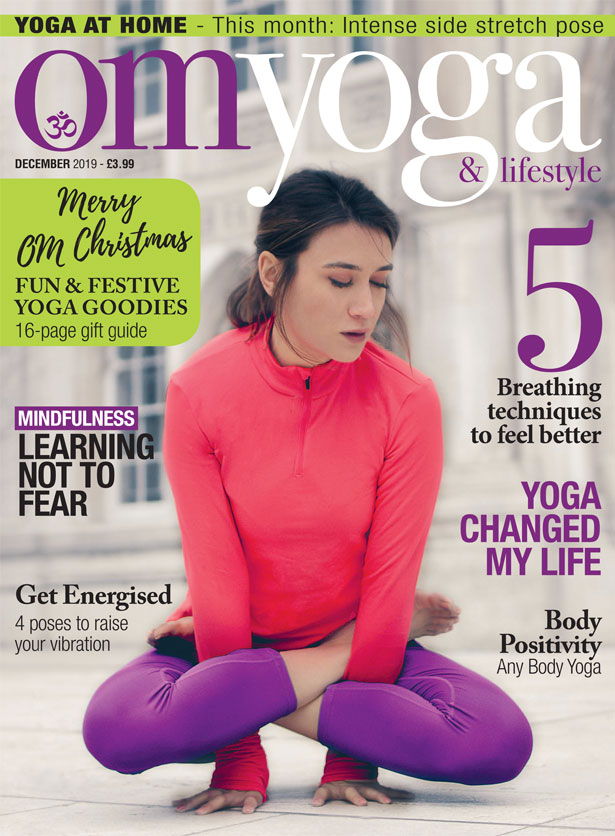
Learning not to fear
Mindfulness meditation training alters how we process fearful memories, a new study shows
Everything you’ve ever wanted is on the other side of fear. Well, now there’s a way through it — it’s called mindfulness.
A new study reports that mindfulness meditation appears to help extinguish fearful associations and alter how the brain processes fear memories.
The findings come from a team led by Massachusetts General Hospital (MGH) in the USA, a part of Harvard Medical School, and continue to underpin other recorded benefits of both mindfulness and meditation generally.
“Mindfulness training may improve emotion regulation by changing the way our brain responds to what we’re afraid of and reminding us that it is no longer threatening,” said Gunes Sevinc PhD, investigator in the Department of Psychiatry at MGH and the paper’s first author.
The researchers used MRI brain scans and a fear-conditioning task to examine changes in the brain associated with attention and memory following mindfulness meditation training. In the study, 42 participants completed an eight-week mindfulness-based stress reduction programme in which they learned formal meditation and yoga practices.
Another 25 participants were randomised to an exercise-based stress management control group, in which they were taught about the impact of stress and performed light aerobic exercise.
The researchers found that changes in the brain after mindfulness training were associated with enhanced ability to recall the safety memory, and thus respond in a more adaptive way.
“Fear and anxiety have a habitual component to them – the memory of something that provoked fear in the past will trigger a habitual fear response when we are reminded of the event, even if there is no direct threat at the present,” said Sara Lazar, PhD, of the MGH Psychiatric Neuroimaging Research Programme, the study’s senior author.
“The data indicate that mindfulness can help us recognise that some fear reactions are disproportional to the threat, and thus reduces the fear response to those stimuli. Mindfulness can also enhance our ability to remember this new, less fearful reaction, and break the anxiety habit.”
Breaking the anxiety habit
While millions of yogis will already be familiar with the benefits of mindfulness and meditation, the latest findings bring hope to a new generation of anxiety sufferers around the world.
A common way to treat anxiety disorders is to expose patients to the cause of their anxiety in a safe environment until it no longer elicits fear — a process known as exposure therapy, MGH said in a statement unveiling the results of the study.
This exposure provides an opportunity to learn that these causes are not threatening and thereby help individuals regulate their emotional responses.
To be successful, first a new memory must be created between the root of the anxiety and a feeling of safety, then the ‘safety’ memory must be recalled when the cause is presented again in a new environment, rather than the original fearful memory.
Mindfulness meditation has been proposed to provide an “optimal condition” for exposure therapy because it involves experiencing the present moment with an open, curious and non-reactive mindset.
Numerous studies have documented that mindfulness meditation programmes are useful for reducing anxiety, however, the exact reasons are largely unknown.
The latest study investigated enhanced learning of the ‘safety’ signal as one way through which mindfulness can help individuals learn to adapt more positively to the causes of their fear and anxiety.
Mindfulness Tips
3 quick tips on becoming more mindful:
TAKE NOTICE: Try and monitor some of your thoughts and feelings throughout the day. Observe the world around you, even the minute, everyday details that are often lost in a blur. This is a great first step to mindfulness.
SLOW DOWN: Notice how fast you whizz through the day, even when completing simple mundane tasks like making a cup of tea. Try taking a pause instead. See if you can maintain greater awareness of each and every step, from boiling the kettle through to sipping your tea at the end.
BREATHE: Watch your breathing too. Slower, deeper, more conscious breathing can help to bring us more into the moment. The more we slow down, the more we calm down.
Mindfulness tips are available on the NHS website (nhs.uk)



